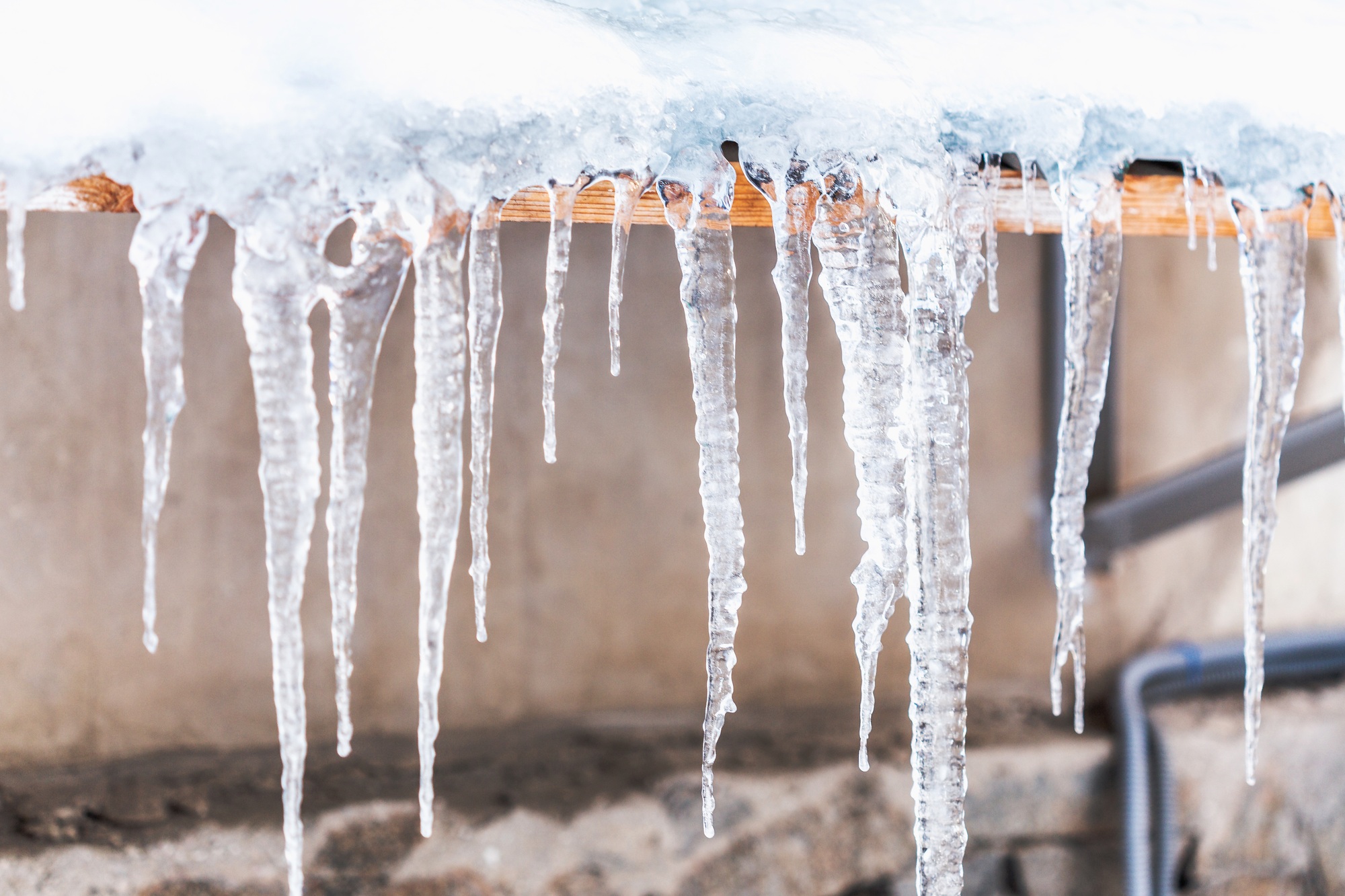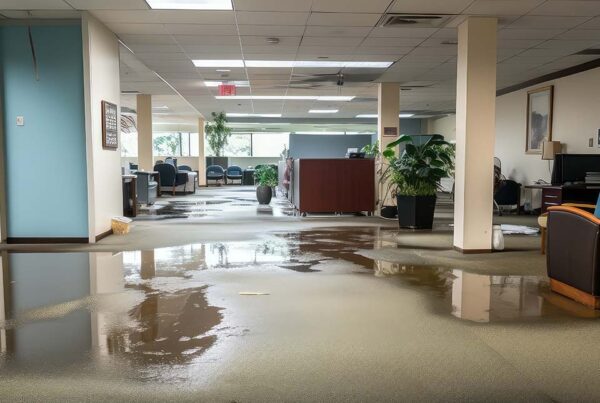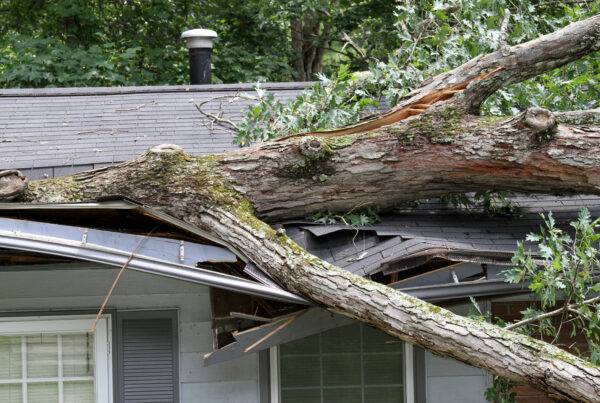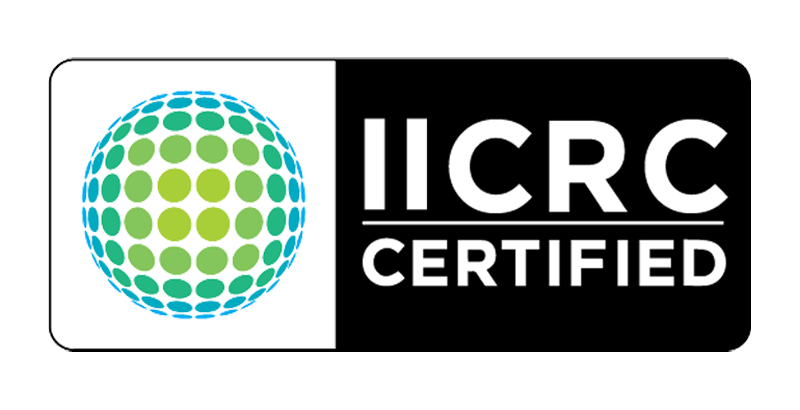Winter storms can be brutal on your home, and one of the most vulnerable areas is your roof. High winds, heavy rain, hail, and even occasional ice storms can cause severe winter roof damage, leading to costly repairs if not addressed quickly. Knowing how to handle storm damage can help you minimize risks, prevent further deterioration, and restore your roof efficiently.
Contents
1. Assess the Damage Safely
After a storm, the first step is to inspect your roof for any visible signs of damage. However, safety comes first—avoid climbing onto a potentially unstable roof. Instead, perform a ground-level visual inspection using binoculars and look for:
- Missing, curled, or broken shingles
- Dented or cracked roofing materials from hail impact
- Leaks or water stains inside your home
- Debris, such as fallen branches, on your roof
If the damage appears severe or you suspect structural issues, call a professional for a thorough inspection.
2. Check for Leaks Inside Your Home
Storm damage isn’t always visible from the outside. If water leaks into your home, it can lead to mold, weakened structural integrity, and costly repairs. Signs of water intrusion include:
- Damp spots or discoloration on ceilings and walls
- Peeling paint or wallpaper
- Dripping water or puddles in the attic
If you notice any of these warning signs, take immediate action to prevent further damage.
3. Prevent Further Damage with Temporary Fixes
If you identify storm-related roof issues, take temporary measures to minimize water intrusion until professional repairs can be made. Consider these quick fixes:
- Use a tarp: Cover exposed areas with a waterproof tarp, securing it tightly to prevent leaks.
- Seal minor leaks: Apply roofing cement or waterproof sealant to small cracks or holes.
- Clear debris: Safely remove any loose branches or debris that could cause additional damage.
While these solutions help in the short term, they are not permanent fixes—professional storm damage roof repair is essential for long-term protection.
4. Document the Damage for Insurance Claims
If your roof has sustained significant damage, you’ll need to file an insurance claim. Proper documentation can streamline the process and improve the chances of approval. Follow these steps:
- Take clear photos of all visible damage, including missing shingles, dents, leaks, and debris.
- List dates and details of the storm event, including wind speeds, hail size, or snowfall amounts if available.
- Keep receipts for any temporary repairs or emergency services.
Contact your insurance provider as soon as possible to begin the claims process.
5. Schedule a Professional Roof Inspection
Even if the damage appears minor, a professional inspection can uncover hidden issues that may worsen over time. Licensed roofing experts can:
- Assess structural integrity
- Identify weak spots that could lead to future leaks
- Provide an accurate estimate for repairs or replacement
Scheduling an inspection soon after the storm ensures timely repairs and prevents further deterioration.
6. Understand Your Roof Repair or Replacement Options
Depending on the extent of the damage, your roof may need minor repairs, significant restoration, or a full replacement. Consider these factors:
- Minor repairs: Fixing small leaks, replacing a few missing shingles, or sealing cracks.
- Partial replacement: Replacing a damaged section while keeping the rest of the roof intact.
- Full replacement: If the roof is beyond repair, replacing it with durable, storm-resistant materials.
A professional roofing contractor can guide you through the best options based on your roof’s condition and your budget.
7. Prevent Future Winter Roof Damage
Taking preventative measures can reduce the risk of severe roof damage during future storms. Here’s how to prepare:
- Trim overhanging tree branches to prevent them from falling onto your roof.
- Clean gutters and downspouts regularly to prevent ice dams and water buildup.
- Reinforce weak areas by securing loose shingles or flashing before winter storms hit.
- Install impact-resistant materials if you live in a storm-prone area.
Preventative maintenance is the key to avoiding costly emergency roof repairs.
Final Thoughts
Handling storm damage roof repair in winter requires quick action and professional expertise. Whether you’re dealing with minor leaks or major structural damage, taking the right steps can protect your home and prevent further issues.
If your roof has suffered storm damage, don’t wait—contact Cavalry Construction for expert assistance. We proudly serve Austin, San Antonio, Dallas/Fort Worth, and Houston, working closely with your insurance provider to ensure a smooth restoration process. Call our 24/7 emergency response line at 888-601-3473 for immediate support.





